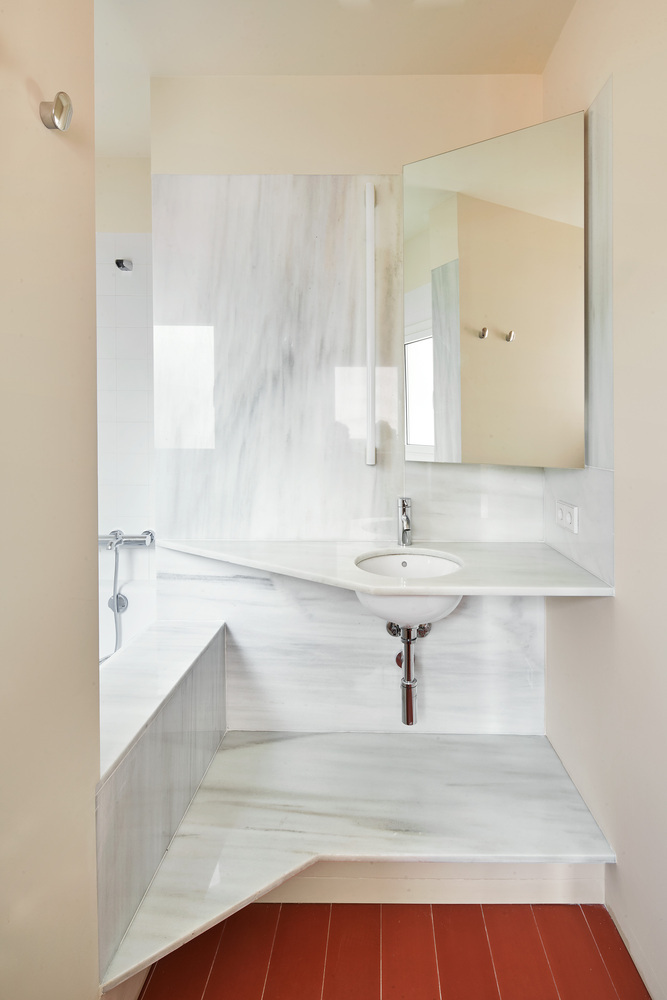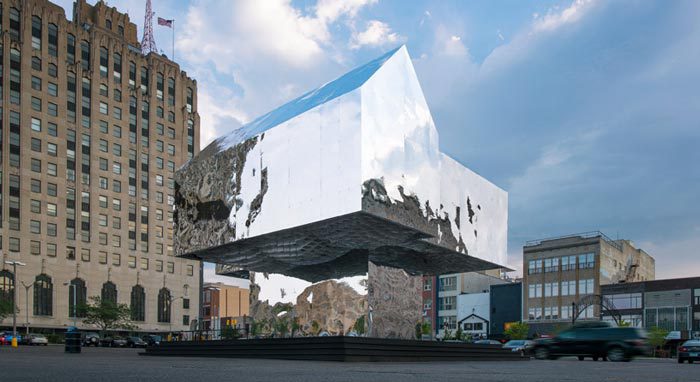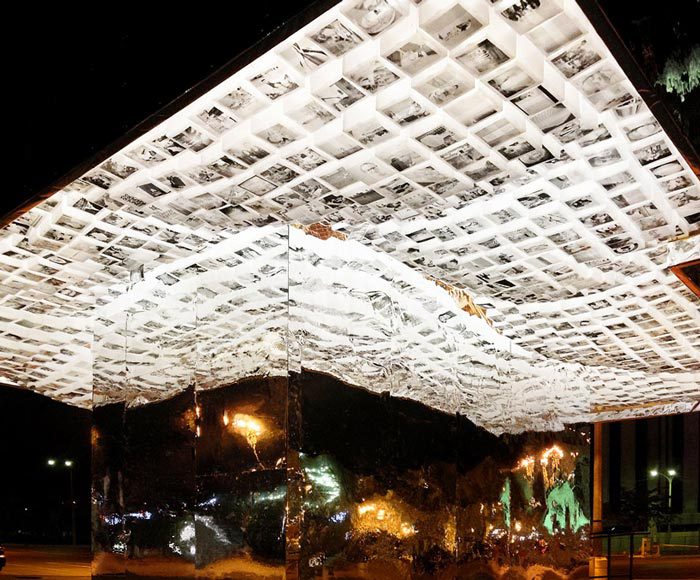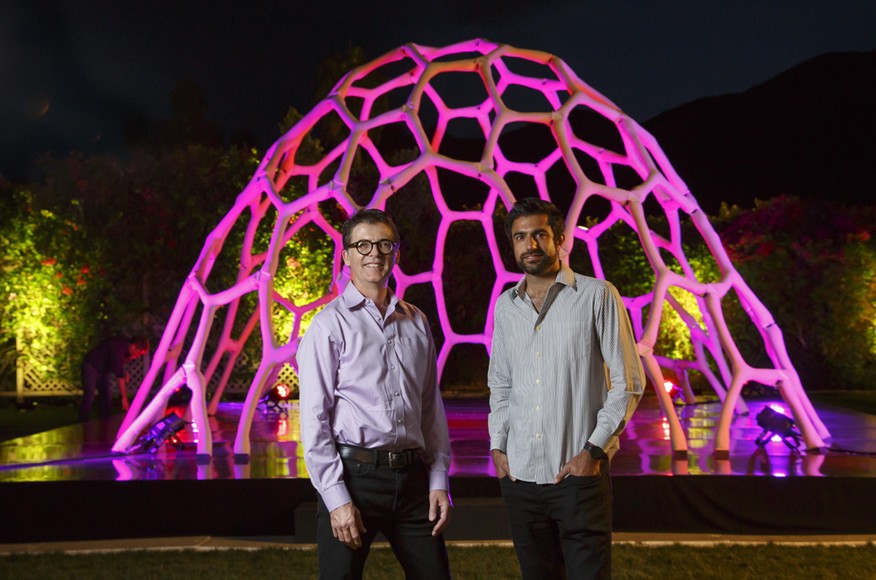All the breadth and scope of a reflecting element can be found in mirrors. A looking glass provides a means of understanding and interpreting space in an astonishing way. The trickery and magic of a mirror creates an optical illusion. It extends and creates a feeling of space on any surface where it is used.
While chiefly known as a decorative material, as interior design develops it also becomes a highly conceptual component of contemporary architectural projects and designs. A magnificent exception to use glass in Antiquity could well have been the lost Pharos or Lighthouse of Alexandria. It was not until several centuries later that it was incorporated into a vertical surface or wall, such as the Hall of Mirrors in the Palace of Versailles.
However, mirrors are beginning to be essentially seen as an element for interaction and modelling. In this sense, they are used in indoor spaces. Aside from a degree of functionality, mirrors are also used to create areas which, while seemingly lacking materiality, somehow contrive to be a part of the space in question.
At The Decorative Surfaces, we take a look at a few projects where mirrors are used as a concept that transcends mere functionality, providing transparency and a reflection of the purity of the surrounding space.
Interior reflection and extension of space
Mirroring as a concept could be considered is an attempt to capture a reflection of everyday life when used in interior spaces. Placing a moving photograph in a room conditions the living and spatial environment.

Casa Morgana / J. Mayer H. Image © David Franck (https://www.plataformaarquitectura.cl/)
With judicious placement of mirrors, there is a powerful shift in the multiple sensations of scale, depth and light. This functional and decorative element can be used to stunning effect with unconventional moulding and designs. Incorporating lights that contrast with shadows lends a more artistic approach to mirror placement.
Reflecting natural light from a window or door is ideal for extending a room. This together with the right colours can create an amazing effect. Emphasis is placed on the architecture and underlying emotion of a lived in space.
Invisible architecture through the looking glass
The use of mirrors on façades conceptually creates an inherent sense of everyday life in its purest form. This is where the magnificence of mirrored architectural design can be expressed. It reflects the public setting with an aura of invisibility that spaces out and extends the surrounding environment. Thus it permits reflection on what is striking in the mundane.
The material properties of glass create a surprising visual effect. An observer is able to establish contact indirectly with the spectacle, with its changes and movement. Contact with real life in fact.

https://architizer.com/
A shining example of this use of reflection can be found at the Mark’s House project in Michigan. This architectural design veers towards pure sculpture. In reality it is a metaphor full of concepts that highlight the exceptional quality achieved with this material. Mirrors serve as a dynamic, shifting element. They cover the façade to conjure the shape of a floating, elevated house.
Its structural significance is based on the story of Mark Hamilton, an imaginary citizen of Flint (Michigan) who loses his home to foreclosure. The mirror’s texture changes with the weather, wrinkling and stretching in step with ambient humidity.

https://www.jebiga.com/
The floating structure is a return to a participatory city. Its lower half has been designated as a space for locals to come together at different cultural events. In this sense, social refuge is the underlying concept of the Mark Hamilton story. It represents the history of the city and its inhabitants. And the way in which they construct their city.

